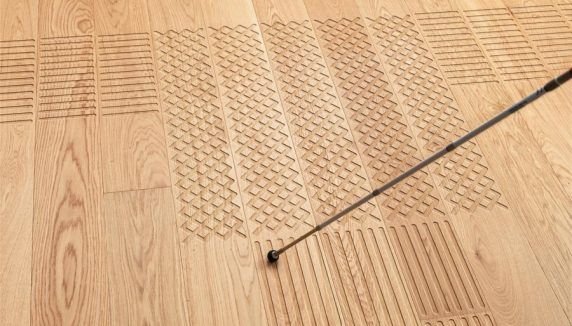Access Flooring – Level 2
About this course
Course Title: Access Flooring – Level 2
Duration: 2-3 days (can be adjusted)
Target Audience: Flooring installers, contractors, architects, facility managers, and engineers
Module 1: Review of Access Flooring Fundamentals
1.1 Recap of Level 1 Concepts
Types of access flooring (steel, aluminum, wood-core, cementitious)
Components: panels, pedestals, stringers, understructure
Basic load classifications (concentrated, uniform, rolling loads)
1.2 Industry Standards & Compliance
ASTM, BICSI, ISO standards
Fire ratings, seismic requirements, and electrical grounding
Module 2: Advanced Installation Techniques
2.1 Precision Installation for Specialized Environments
Data centers (cable management, airflow optimization)
Cleanrooms (sealing, anti-static requirements)
Healthcare (hygienic, antimicrobial solutions)
2.2 Handling Complex Layouts
Sloped floors, ramps, and transitions
Custom-cut panels for irregular spaces
Integration with HVAC, power, and data systems
2.3 Tools & Best Practices
Laser leveling, torque wrenches, specialized cutting tools
Avoiding common installation errors (misalignment, uneven pedestals)
Module 3: Structural & Load Considerations
3.1 Advanced Load Calculations
Dynamic vs. static loads
Impact of equipment (server racks, heavy machinery)
3.2 Reinforcement Techniques
High-load pedestal systems
Bracing for seismic zones
Module 4: Maintenance & Troubleshooting
4.1 Proactive Maintenance
Panel rotation, cleaning protocols
Pedestal adjustment for settlement issues
4.2 Diagnosing Problems
Squeaks, movement, or uneven surfaces
Moisture damage, corrosion prevention
4.3 Retrofitting & Upgrades
Adding new services (power, data) to existing floors
Panel replacement without system disruption
Module 5: Design & Customization
5.1 Aesthetic Solutions
Decorative finishes (vinyl, carpet, wood veneer)
Custom colors and branding
5.2 Sustainability & Innovation
Recyclable materials, LEED compliance
Smart floors (integrated sensors, IoT connectivity)
Module 6: Case Studies & Practical Workshop
6.1 Real-World Applications
Case studies of data centers, offices, labs
6.2 Hands-On Training
Install a mock-up with cable management
Troubleshoot a simulated problem
Assessment & Certification
Written exam (standards, calculations)
Practical evaluation (installation, problem-solving)
Certificate of Completion (optional: industry-recognized credential)
Additional Resources
Manufacturer-specific guidelines (e.g., Tate, Kingspan, ASP)
Access flooring CAD details for architects
Comments (0)
Access flooring, also known as raised flooring or raised access flooring, refers to a type of flooring system where a raised platform is built above a solid base, creating a void underneath. This void allows for easy access to and management of utilities, wiring, and other infrastructure, making it easier to install, maintain, and reconfigure these services.
Advanced access flooring installation techniques involve meticulous preparation of the subfloor, precise pedestal placement and leveling, and the use of stringers for increased stability, especially in high-load applications or when dealing with uneven subfloors. These techniques ensure a level, stable, and robust raised floor system.
There are a lot of different loads to consider in structural designing but there are actually three main terms in loading considerations, the Dead Load (DL) which is the self-weight of the structure, the Superimposed Dead Load (SDL) which composed of the floor finishes and other services
Maintenance involves proactively keeping equipment and systems in good working order, while troubleshooting is a systematic process of diagnosing and resolving specific issues that arise unexpectedly. Troubleshooting identifies the root cause of a problem, while maintenance aims to prevent problems before they happen.
A "Case Studies & Practical Workshop" combines real-world examples (case studies) with hands-on exercises to enhance learning and understanding. It's a valuable tool for training and education, allowing participants to apply theoretical knowledge to practical scenarios.





